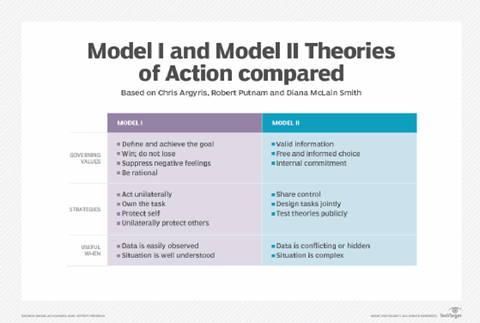We often will hold our tongue because we want to be nice or because we want to avoid the reaction our message may evoke. However, when members of an organization fail to speak up, it can have significant consequences. Therefore, to ensure our organization’s health, growth, and success, we must speak up and create a space where others feel free to contribute to the conversation. That begs the question – how do you foster open dialogue in the workplace?

The Importance of Open Dialogue
Think about the best conversations you’ve had in your lifetime. A few conversations with friends, family members, colleagues, or even strangers may stick out. Usually, these conversations have a few things in common. For example, you probably felt like the other person was really listening and actively paying attention during the conversation. You may remember there was real give and take during the conversation, and the exchange felt meaningful. Perhaps, you appreciated you were not being spoken to, but instead, you were a participant whose ideas were valued. Those conversations are what effective dialogue looks like.
Unfortunately, organizations that put a high value on productivity will often sacrifice dialogue. A high value on productivity may look like a series of orders given via email, no opportunities for buy-in on decisions, or lack of communication on the reasons behind the work. This can lead to unengaged employees and actually have an adverse impact on productivity. That is why it is essential to have conversations. Creating a dialogue around the work and decisions helps employees understand the ‘why’ behind their work and feel good about it.
→ Peregrine provides you with a portfolio of online resources and courses to improve communication and become a more effect leader. Explore what is available now.
Dialogue and Organizational Learning
Dialogue that creates a space for all participants to equally contribute regardless of their position and title reduces mistakes. Chris Argyris, a business theorist and professor, provides an example of a company that lost more than $100 million on a failing product. If the product has been removed from the market earlier, much of the company’s loss would have been prevented. Lower management was aware the product would fail for many years, but it wasn’t until later senior leadership decided to remove it from their portfolio. The problem was dialogue. Communication from lower management and middle management treaded water. Either information was framed so news would be less shocking, or the information was delivered in bits and pieces. Therefore, the costs to the company ended up being greater because it was determined the repercussions of open dialogue trumped the cost of closed dialogue. Argyris Model I and Model II theories explain and further emphasize the value of open dialogue.

Model I and Model II theories compare two different types of dialogue or behavior that impact organizational learning and impact the process of detecting and correcting the error. Model I theory refers to behavior that seeks unilateral control, and Model II is behavior that includes inquiry, advocacy, and curiously. When you assume another person will react in a certain way, you hinder organizational learning – something that is vital to the growth and maturity of an organization. Therefore, you must prioritize values, behaviors, and conversations that promote organizational learning when fostering effective dialogue. Some simple ways to foster open dialogue in the workplace include:
Make Good Use of One-on-One Time
One-on-one conversations between employees and leaders provide an exceptional opportunity for learning and mentoring. Making the most of your one-on-one meetings will help you build strong relationships. In one-on-one meetings it is good to start on a positive note, have some preconceived talking points (but no expectations for the conversation, and show interest by asking questions and actively listening.
Be Present
Get out of your office. Talking to people where they work or in neutral locations, like the cafeteria or hallway, lowers the pressure level and makes connecting easier.
Put Extra Effort into Communicating About Big Changes
Sometimes, there are special situations where you must open the lines of communication extra wide. This can be done in many ways, such as holding town halls, collecting and answering questions, polling staff members, and remaining open and transparent. It’s about constantly pushing information to staff and getting feedback from them.
Have a Open Door Policy
Many leaders and employees will say they have an “open-door policy,” but that doesn’t mean their team members are walking inside. Having an open-door policy means you are ready to engage and listen when someone enters fully. To create an atmosphere that clearly communicates you are ready to listen, put your electronic devices aside, make eye contact, and if you cannot break away from your work – politely postpone the discussion to a specific time. These small acts will make your “open door policy” truly open.
To avoid the costs of ineffective dialogue, it is crucial that leaders and supervisors establish trust, ensure their actions and words align and become life-long students of communication. Through practicing having a meaningful exchange where each participant is at the same level, you can foster open dialogue in the workplace.
“The capabilities of self-awareness, balanced processing, self-regulation, and relational transparency allow the authentic leader to encourage open and honest dialogue among organizational members.”
(Mazutis & Slawinski, 2008)
Are you ready to take the first step on your path to success as a leader? Explore our full portfolio of online courses, certificate programs, and more!


